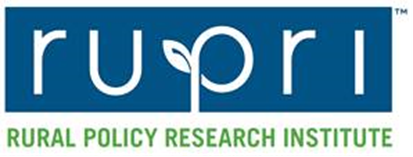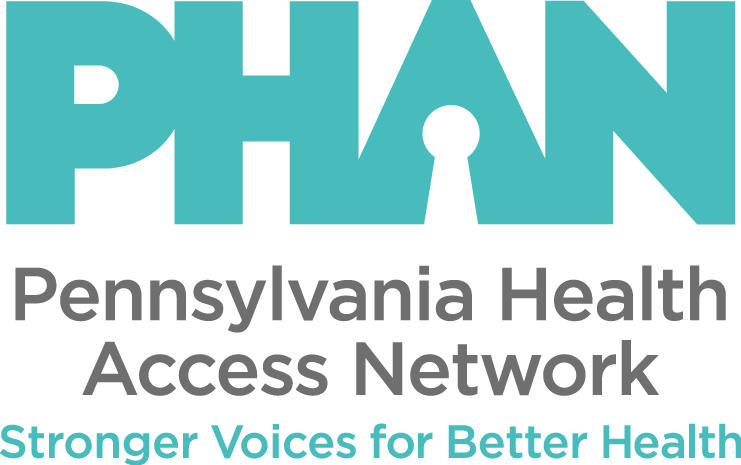
A coordinated early care and education system ensures infants, toddlers, and preschoolers succeed in school and allows parents to work while knowing their children are safe and learning in high-quality care. Yet, inequities exist, causing too few children to have access and a historic early learning workforce shortage, as shown in our first-ever State of Early Care and Education report.
Working with Pre-K for PA and Start Strong PA as part of Early Learning Pennsylvania (ELPA), a statewide coalition of advocates focused on supporting young Pennsylvanians from birth to age five, the report uses data and research to show that without new investments in the child care workforce, Pre-K Counts, or the Head Start Supplemental Assistance Program, early learning providers will continue to lose teachers and close classrooms.
The growth and development of young children in high-quality early care and education is the start of a continuum with benefits that last into adulthood. Providing every child—regardless of race, ethnicity, geography or income—access to high-quality early care and education programs ensures an equitable start to their academic careers.
A coordinated child care system serving infants and toddlers is vital to the economy, allowing parents to work while knowing their children are safe and learning in high-quality care.
According to the report, inadequate funding for the child care system has led to issues of supply and demand that impact a family’s ability to find affordable, high-quality child care, and child care providers’ ability to be compensated fairly to pay their teachers and maintain business expenses:
- Unlivable wages of less than $12.50/hour are causing a historic workforce shortage that is closing classrooms and driving up wait lists for working mothers and families.
- Child care providers can’t raise teacher wages because families are already struggling to afford the costs of care. On average, costs for infant child care comprise approximately 17.5% of the Pennsylvania median family income.
- Only 21% of eligible children under three are served by Child Care Works, leaving over 83,000 eligible infants and toddlers unserved.
The next step in the academic continuum for children is access to high-quality pre-k programs, but only 43% of eligible 3- and 4-year-olds participate in high-quality, publicly funded pre-k, leaving over 87,000 without access to a high-quality program.
The workforce is essential for delivering high-quality pre-k. Yet, while the level of quality expects and demands the appropriate knowledge and credentials of professionals, the compensation for pre-k teachers remains significantly lower than their colleagues in K-12 settings.
Unlike child care, publicly funded pre-k programs in Pennsylvania rely on annual state budget funding appropriations. High-quality pre-k has historically been a consensus issue, aligning political parties and enjoying a decade of growing investment. However, policymakers have flat-funded pre-k in the 2023-24 state budget, which is baffling.
The report shows inequitable access to early care and education opportunities for children in Pennsylvania:
- As of March, only 1 in 4 income-eligible infants, toddlers, and preschoolers who are Black, Indigenous, and children of color participated in Child Care Works, with only 40% enrolled in a high-quality child care program. Of the 12% of income-eligible non-Hispanic white infants, toddlers, and preschoolers participating in Child Care Works, 51% were enrolled in a high-quality child care program.
- Only 23% of all children served in Pre-K Counts and Head Start Supplemental Assistance Programs in Pennsylvania are Non-Hispanic Black, compared to 41% of children identifying as Non-Hispanic White.
- Researchers at Penn State University found white preschoolers accounted for the majority of program participants in Pre-K Counts, and white children were increasingly more likely to be enrolled in a high-quality pre-k program compared to Black children. Recommendations from the report specifically called for Pennsylvania to increase funding for pre-k access and to serve more Black children from urban and high-poverty communities.
And compared to the K-12 and post-secondary education systems, the sector is the most diverse yet the lowest paid.
- Racial disparities exist within the professional child care sector, with Black educators earning approximately 2% less than their white counterparts. Hispanic educators earn approximately 5% less than white educators, exacerbating the already low wages of the sector and deepening inequities and gaps in pay.
- There is a pay gap between pre-k and kindergarten teachers, but an even larger wage gap between Black and non-Black educators. A $1/hour wage gap exists between Black and non-Black teachers at the preschool level.
The evidence is clear that access to a high-quality early care and education system positively impacts the lives of Pennsylvania children. Unfortunately, the state is falling short for children, families and providers across the commonwealth. Comprehensive policy solutions and increased investments are needed to change the system’s trajectory. Working together, we can build Pennsylvania’s early care and education system as a leading model.

 Maternal health ensures mothers and birthing parents are healthy and their children have the best start possible. Research shows healthy mothers are more likely to raise healthy babies. Unfortunately, the U.S. has the highest maternal mortality rate among developed countries, and racial disparities plague the health care system for Black and Brown women.
Maternal health ensures mothers and birthing parents are healthy and their children have the best start possible. Research shows healthy mothers are more likely to raise healthy babies. Unfortunately, the U.S. has the highest maternal mortality rate among developed countries, and racial disparities plague the health care system for Black and Brown women.




